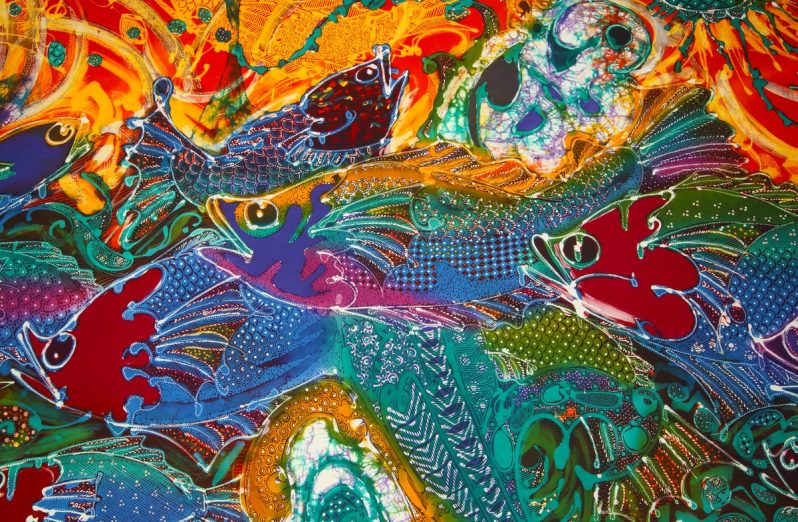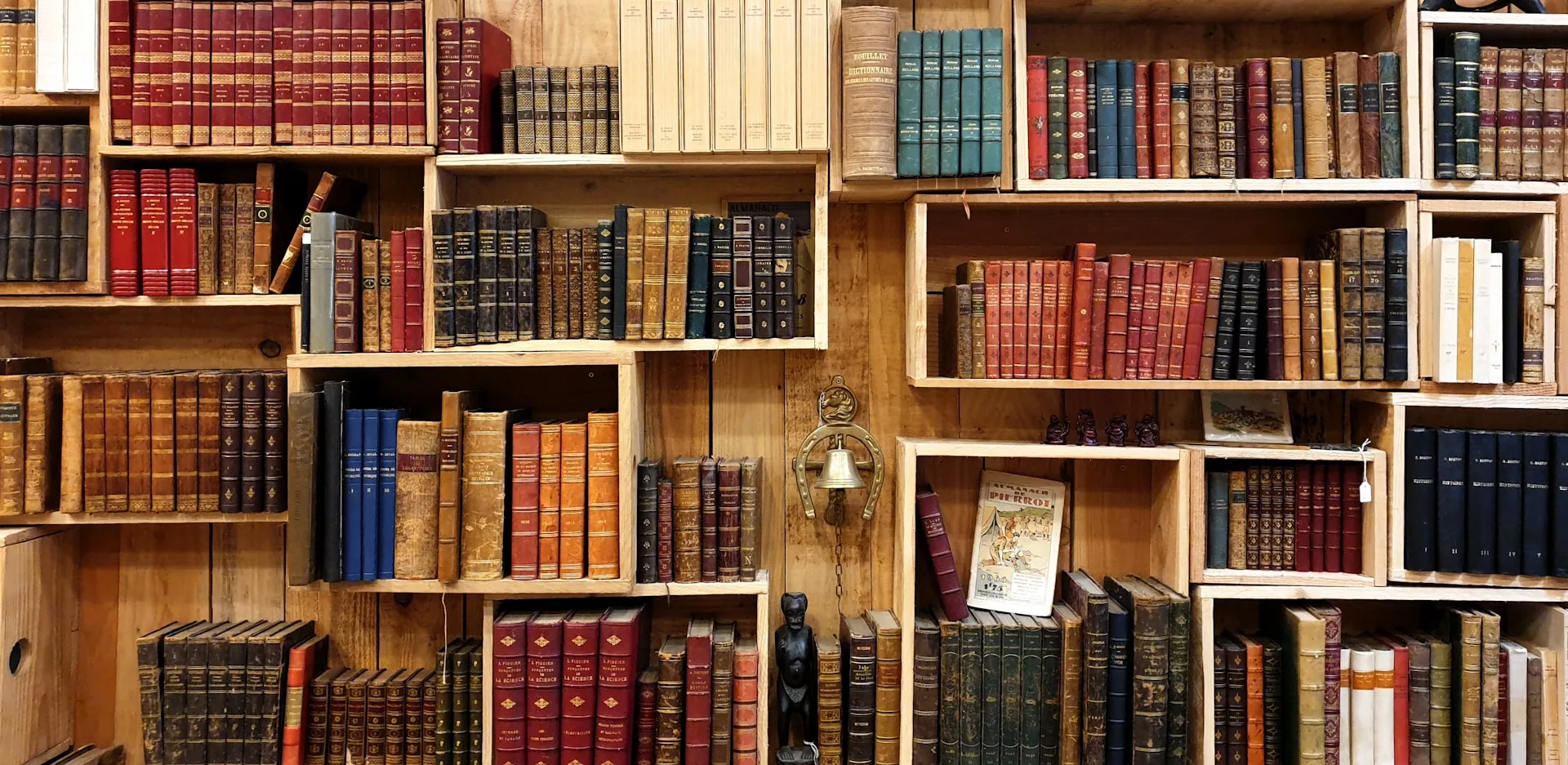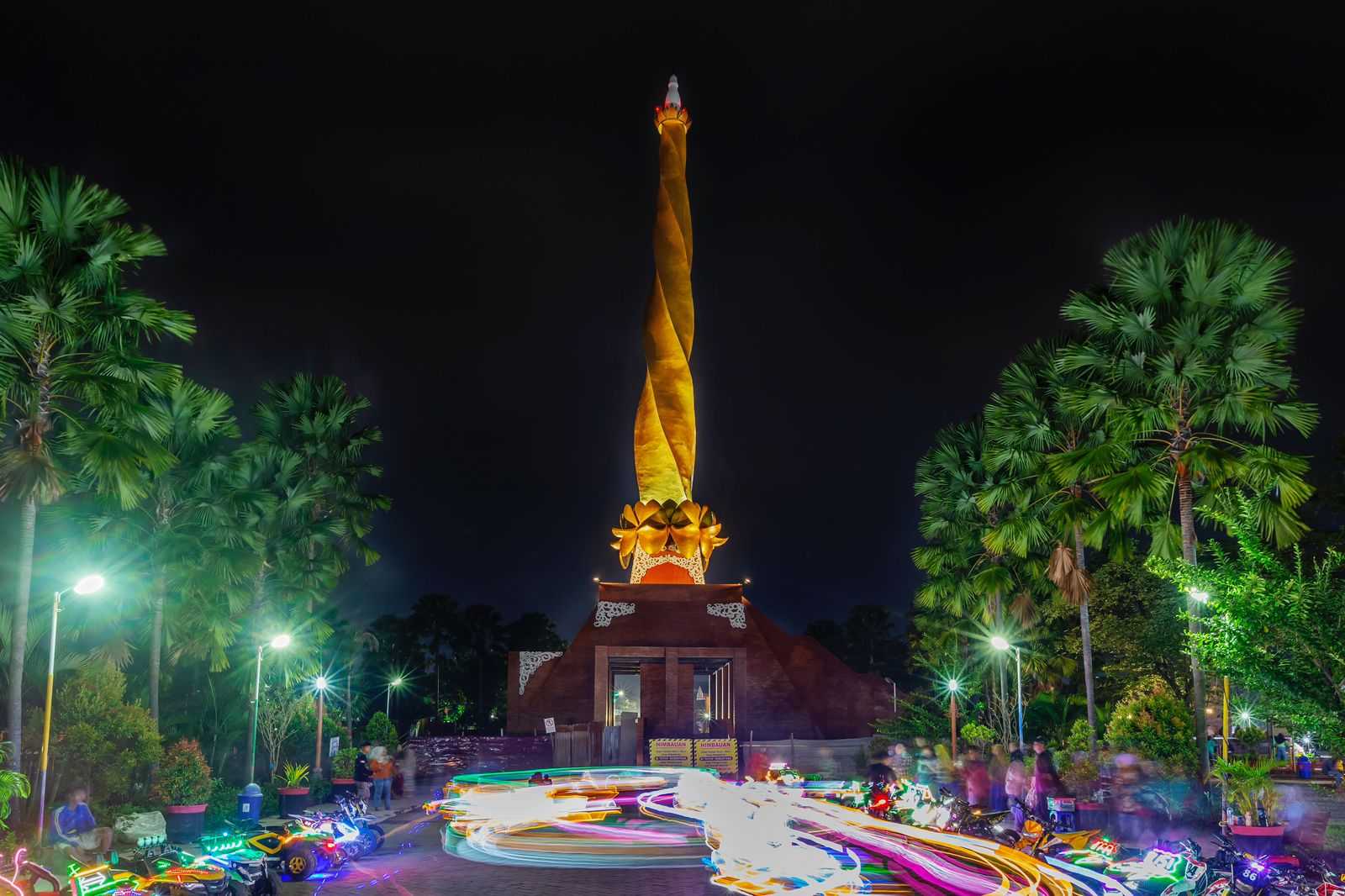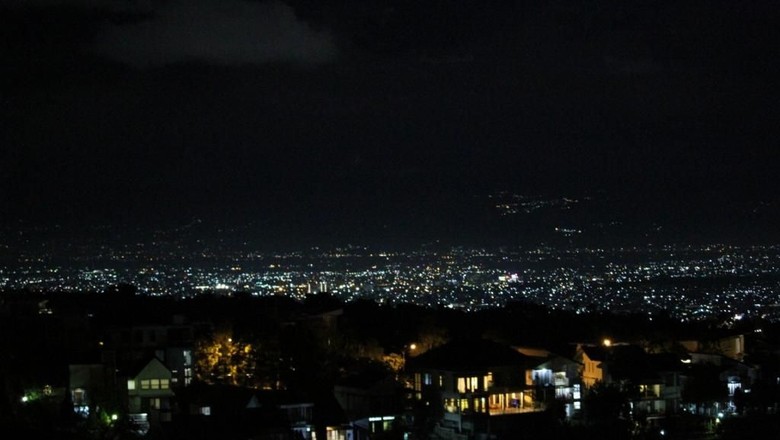Batik shows the grand diversity of Indonesia in a stunning way. The pattern is even acknowledged as an Intangible Cultural Heritage (ICH) by UNESCO. Upon seeing the intricate details painted on the fabric, you might wonder: what is the meaning of batik patterns out there?
The word Batik is thought to be derived from two Javanese words: “amba” which means broad, and “matik” which means little dots, drops, points, or to make dots.
Another alternative is “tritik“, which describes the process of dyeing—done by tying and sewing areas before the dying process, similar to the tie-dye technique. Together, the word means the process of creating stunning dot patterns using wax and dyes.
What many travelers don’t know is that batik patterns differ in each area, with each pattern symbolizing different things unique to their own culture.
To better appreciate Batik, let’s dive into the meaning behind each batik pattern. Here, we have compiled everything you need to know about the philosophy behind each pattern.
Read Also: Before You Visit: Do’s and Don’t’s of Basic Indonesian Etiquette
The Meaning of Batik Patterns
1. Batik Kawung
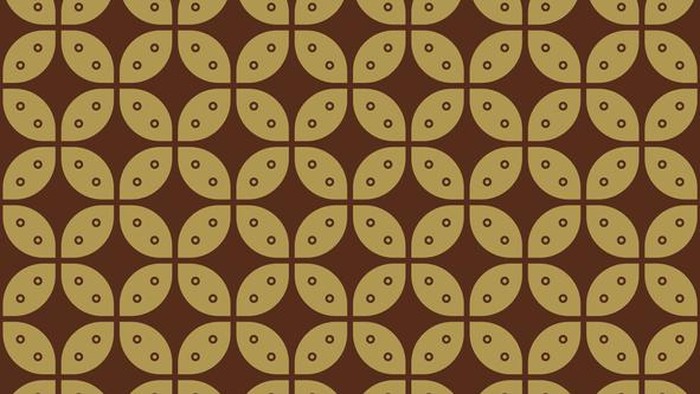
Source: Jennzhen via Getty Images
This Batik pattern is known to be one of the oldest batik motifs in Indonesia, dating back to the Mataram Sultanate in the 16th century. Many written historical sources often mentioned the existence of this batik pattern.
Batik Kawung got its name from the unique geometrical pattern, resembling the fruit of an areca palm tree, also known as kawung in Javanese.
The motif means perfection, purity, and sanctity—related to the word suwung which means being void of worldly mundane hunger. In turn, the pattern symbolizes self-control.
Batik Kawung was considered a favorite among the royal families. In fact, they loved it so much that only the royal bloodline was allowed to wear it.
2. Batik Parang
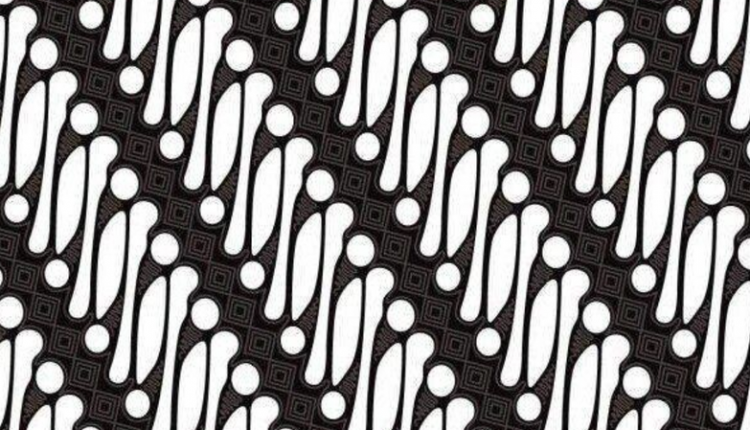
Source: batikjbb.com
This motif dates back to the time of Solo’s Kartasura, Mataram Palace.
It was created by Sultan Agung of Mataram during his visit to the southern coast of Java. The waves were what inspired him to create the pattern.
Yet another geometrical pattern, Batik Parang depicts a set of diagonal lines resembling a sword or the letter “S”. It descends from high to low, creating a wave-like pattern that holds great philosophical value.
Like the ocean waves that never stop moving, the pattern advises you to never give up and continue improving yourself to fight for prosperity.
3. Batik Sekar Jagad
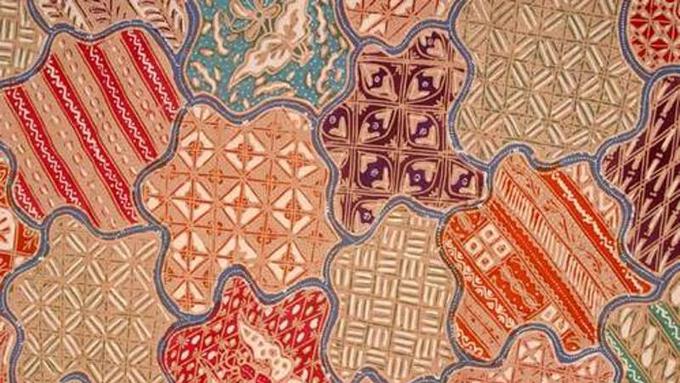
Source: Pinterest
Batik Sekar Jagad is one of the motifs that originated from Solo and Yogyakarta.
Its history can be traced back to the 18th century, getting its name from the Dutch word “kar”, which means map and the Javanese word “jagad“, which means the world. Alternatively, the name is also derived from the word “sekar”, which means flowers.
The meaning of batik Sekar Jagad represents the beauty of Indonesia’s diversity. It shows in the pattern, which seems like it comprises multiple random Batik patterns strung together.
Each pattern is separated by a curved line, symbolizing the many different Indonesian islands that live in harmony together.
Read Also: 5 Skydiving Places in Indonesia That Take Your Breath Away
4. Batik Truntum
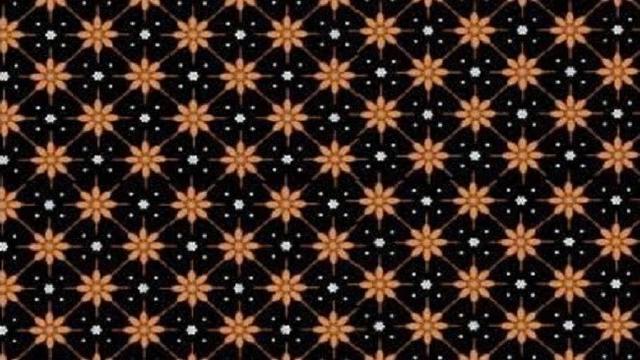
Source: liputan6.com
Another pattern that originated from Solo is Batik Truntum.
The motif was invented by Kanjeng Ratu Kencana, symbolizing a feeling of genuine love that is slowly growing and nourishing one’s life (tumaruntum).
Due to its meaning, it is usually worn at weddings, specifically by the parents of the groom and bride. It carries a hope that the newlyweds could also experience such love in their marriage.
5. Batik Ulamsari Mas
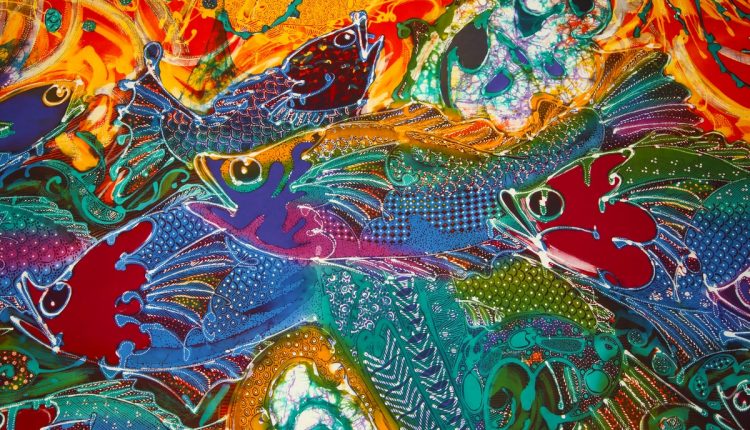
Source: indonesia.travel
Originating from Bali, Ulamsari Mas depicts images of shrimp and fish in very vibrant colors.
The pattern was made as an appreciation of the rich marine resources of the island, a source of the livelihood and prosperity of the Balinese people.
6. Batik Buketan
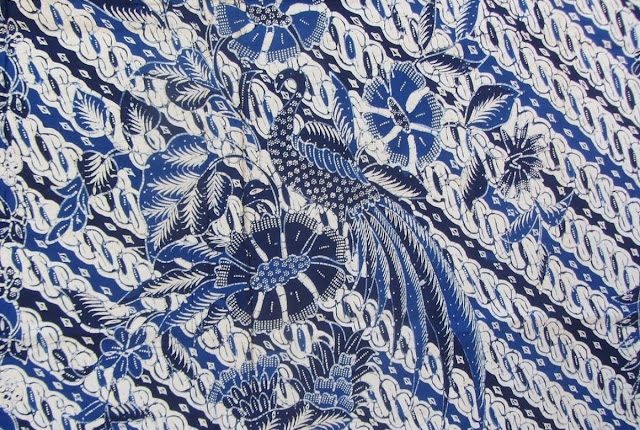
Source: yen.aria_semar via Instagram
Batik Buketan originates from Pekalongan. The name is derived from the Dutch word “boeket”, which means an arrangement of flowers. A fitting name, since the motif features a series of plants, oftentimes accompanied by flowers and birds.
Many Batik patterns were the result of Indonesia’s own belief and deep-rooted culture. But Batik Buketan is a rather unique case, for the motif was heavily influenced by the Dutch.
The pattern was created by Eliza van Zuylen, a Dutch designer who merged Javanese motifs with Art Nouveau patterns.
Batik Buketan became a successful mode of acculturation, symbolizing great tolerance and appreciation for the culture of different nations.
Van Zuylen used to make the pattern by arranging dried-flower cutouts on a piece of paper, then she would turn them into batik patterns.
According to the book Fabric of Enchantment, the original motif was an asymmetrical tree with birds. It wasn’t until around 1910 that it changed into pictures of the stunning bouquet.
Read Also: Traveling Alone: Your Chance to Make the Friendship of a Lifetime
7. Batik Papua

Source: indonesia.travel
Last but not least, we have Batik Papua. Fun fact: the development of batik culture and technology in Papua began in 1985.
With the help of the UNDP, the Indonesian government was headstrong in creating a cultural empowerment program in Papua. They brought in batik trainers from Yogyakarta to provide batik training in Papua.
After getting more accustomed to the process, batik craftsmen of Papua began creating their own unique batik patterns close to Papuan values.
Most of the motif element represents the local culture and nature. You can see depictions of the asmat, the cendrawasih, the kamoro, the prada, the tifa honai, and the Papuan sentani.
These patterns are usually accompanied by patterns of endemic flowers, adding their own flair and grandeur to the fabric.
Appreciate the Beauty of Indonesia, Try Glamping at Bobocabin!
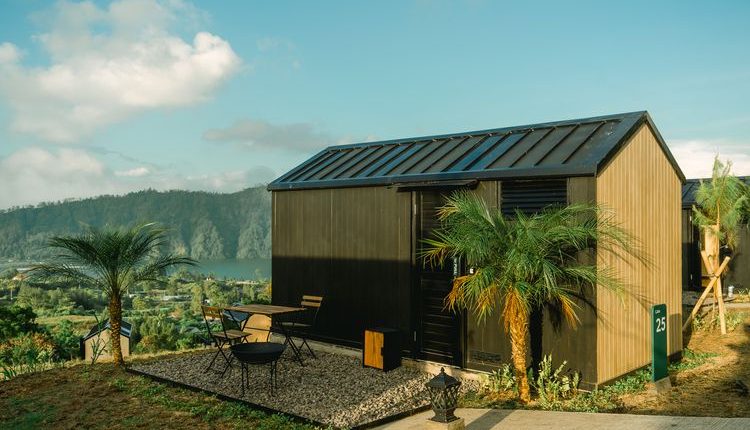
Enjoy the stunning view of Indonesia’s green rice fields, blue mountains, and green forests by staying at Bobocabin.
After a long day of exploring the nature of Indonesia, you can enjoy the cool air and rest well in this homey cabin.
Give yourself some privacy with our smart window, adjust the lighting to enhance your comfort, and put on some music for a great ambience—all within your fingertips.
Or, if you don’t want to turn in for the night yet, you can enjoy the warmth of your very own campfire. Feeling like grilling? Go make some BBQ with your loved ones under the clear sky!
Book your stay now to experience Bali authentically. For booking and more information, you can download the app here.
